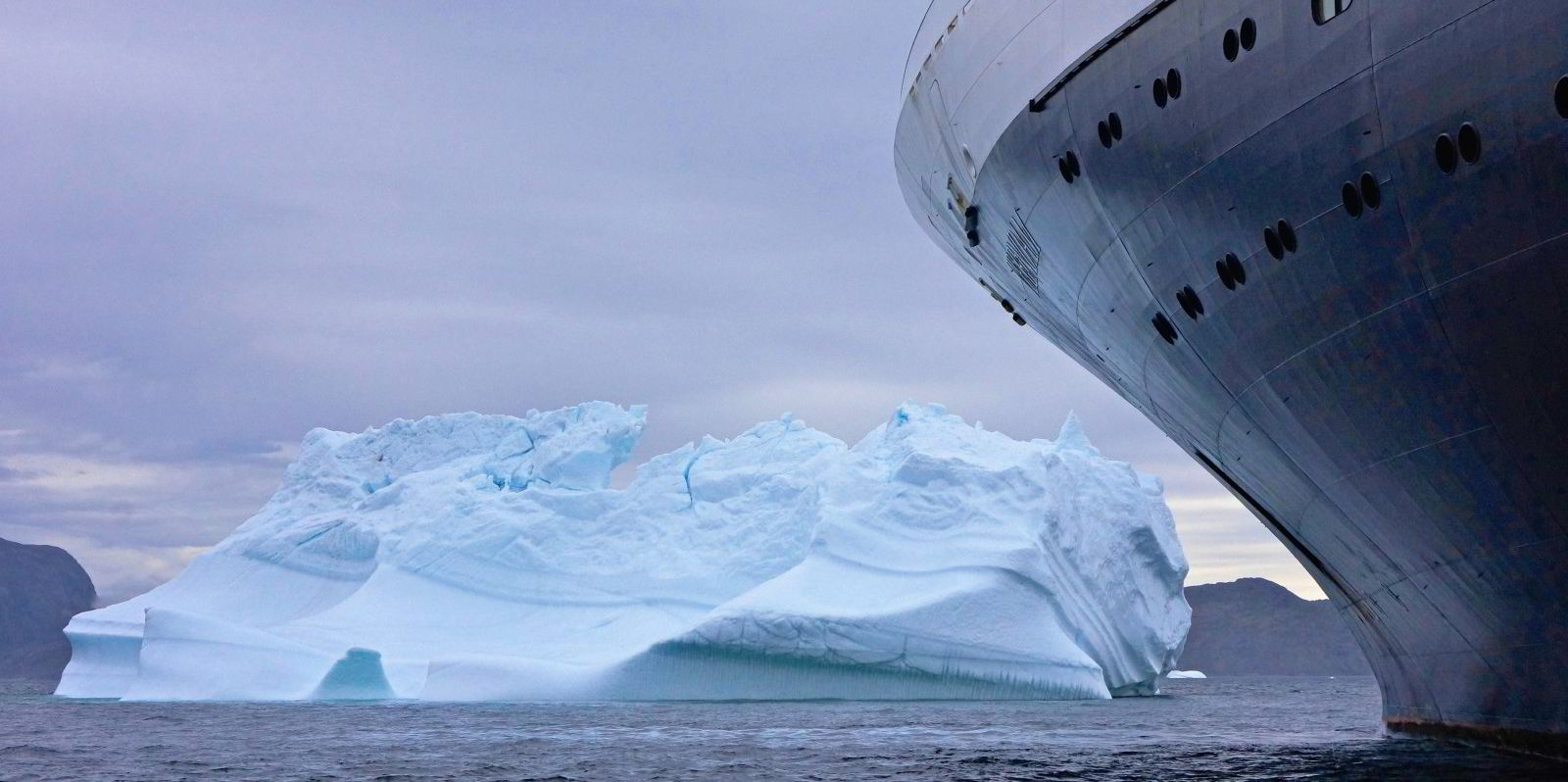Spills during ammonia’s use as a shipping fuel would be most dangerous to fish in warmer and less saline waters, a report has found.
The study into the potential marine environmental impacts from bunkering operations, ship collisions and sinkings found estuaries, mangroves and wetlands are particularly sensitive to potential ammonia spills compared with the polar regions and deep sea.
“Within these habitats, it is typically fish which are most sensitive to an ammonia spill, with birds and mammals to a lesser degree,” said the report from the Environmental Defense Fund (EDF), Lloyd’s Register and environmental and engineering consultancy Ricardo.
The study used extensive modelling due to the scarcity of real-world data, as ammonia is not yet being used as a marine fuel but is a strong contender as a low-emission hydrogen carrier fuel for deepsea vessels.
Lauren Dawson, senior consultant, water & environment practice, at Ricardo, said ammonia was found to be most threatening to fish species and particularly to ecosystems with less saline water and higher temperatures.
“It is therefore important to study the impact of ammonia carefully for particular regions where these habitats intersect with major shipping channels and ports, such as the Strait of Malacca,” she said.
The results were compared with previously studied habitat and species sensitivity to conventional oil-based fuels.
“Overall, an ammonia spill has a relatively smaller dispersion distance and lower persistence within the environment when compared to heavy fuel oil and marine gasoil,” the report concluded.
Oil-based fuels have higher impacts on invertebrates and birds, compared with ammonia, it added.
Ammonia has a medium impact on all other ecological receptors, except bacteria, whereas oil-based fuels have medium impacts on plankton, fish, macrophytes, reptiles and marine mammals.
While the maritime industry has experience of transporting ammonia in gas carriers and using it as refrigerant, its introduction as a fuel creates new challenges related to safe bunkering, storage, supply and consumption for different ship types.
Shipping needs to make a rapid energy transition, but the potential toxicity of ammonia cannot be ignored without mitigation measures and solid spill management practices, said Marie Hubatova, director of global shipping for EDF’s global transport team.
“All future fuels come with specific challenges. We have been using oil to power ships for almost a century now and we had to learn how to do so in a safe way. We can’t go through the same process with ammonia,” Hubatova said.
“We have to make sure we get it right from the very beginning. We owe it to future generations to ensure we are championing true climate solutions that will not negatively impact our rivers, our oceans or our health.”
Greater clarity about the risks posed to marine ecosystems will allow industry stakeholders to make better-informed decisions on the transition pathways under consideration, said Andy Franks, senior risk specialist at Lloyd’s Register Maritime Decarbonisation Hub.
Further research is needed to evaluate the full range of ecological and health implications, he said, especially to a ship’s crew, including the increased nitrogen deposition from chronic ammonia leakage and combustion by-products to determine its safety.





